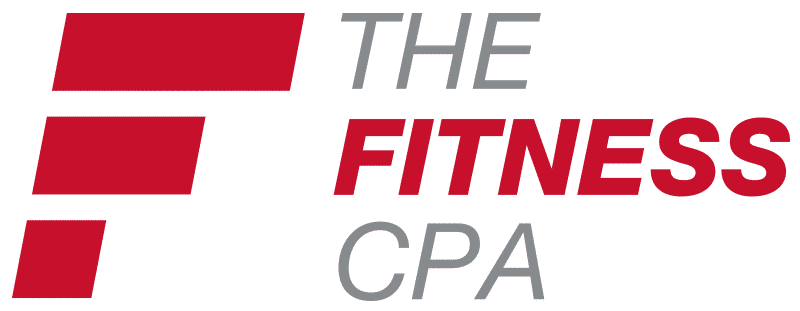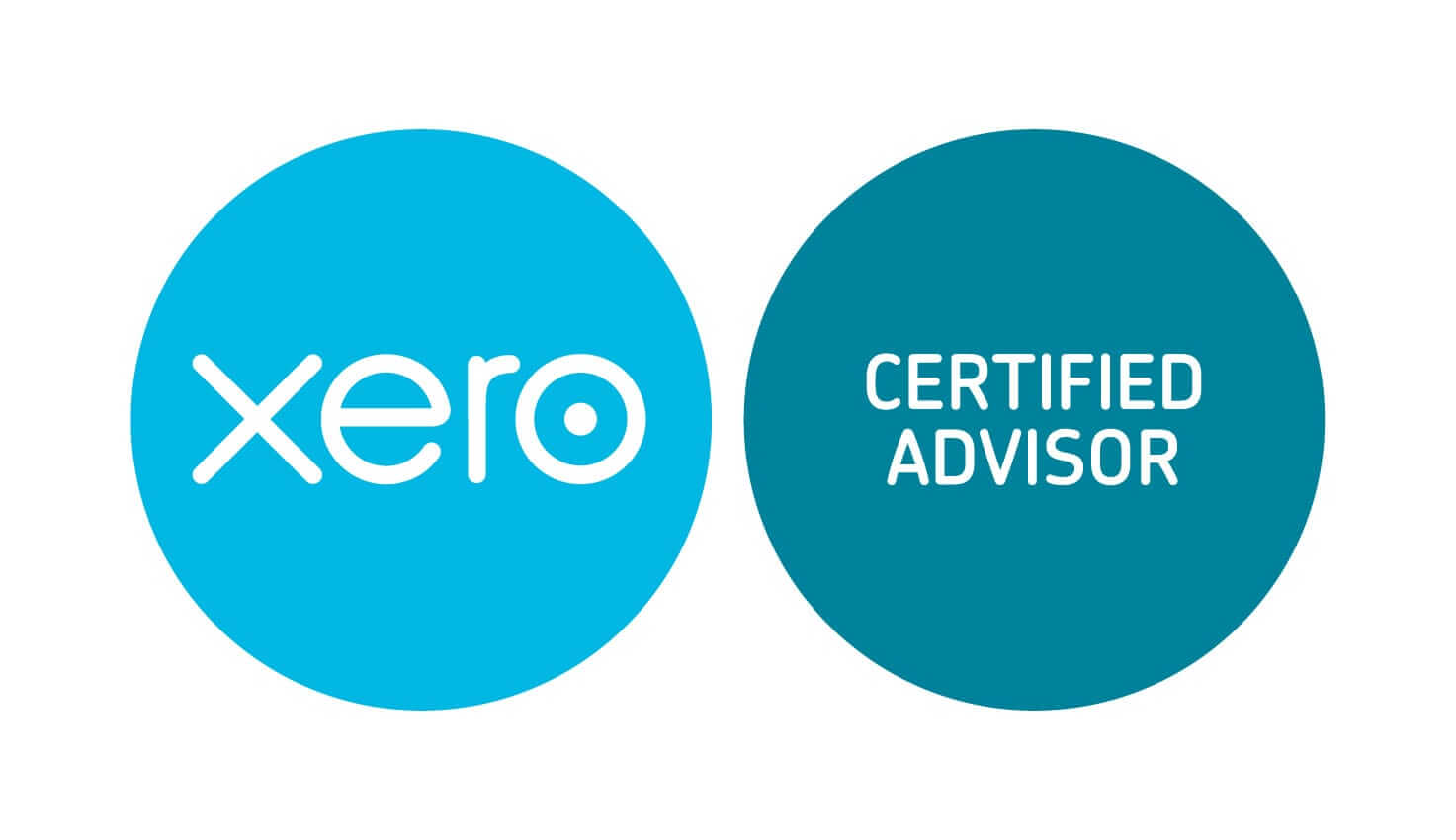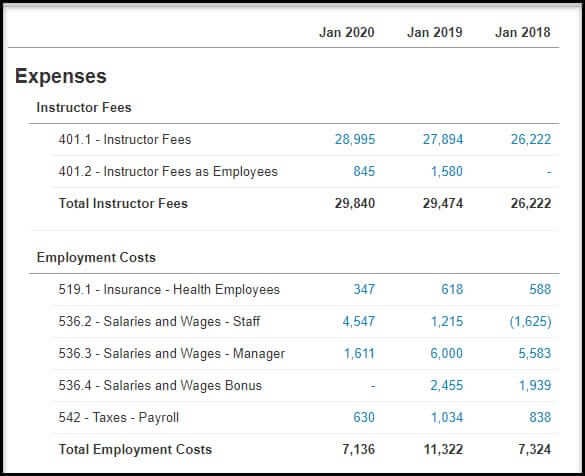Follow us on YouTube and click to watch Eric discuss the topic here!
While your fitness business may be surviving you might be asking yourself, “where is all my money going at the end of the day?”
“As hard as I work, shouldn’t I have some money left over after paying the bills?”
“I’m over here eating Ramen noodles for dinner and my clients are paying for healthy meal order delivery services, what am I doing wrong?”
If this sounds like you, there might be a problem in your cash flow processes. Hard work isn’t always enough when it comes to running a profitable business.
If you aren’t quite sure where the money is going, you might consider thinking about the following three areas.
Good Accounting Practices
Fitness owners that aren’t sure where their money is going should first track income & expenses through a good accounting system.
We personally like Xero™ and we use it with most of our clients.
It’s a great platform that easily syncs your credit cards and bank accounts daily, so you or your accountant can see transactions on a routine basis. Expenses can get away from you fast and setting up automations to track everything that goes out of your accounts will help you get a better handle on what is happening and where.
Perhaps you already have an accounting system or even a hired accountant helping you and are still at a loss for where the money goes. In that case, make sure you are receiving and reviewing your financial reports in a timely manner and on a regular basis.
Getting monthly revenue and expense reports timely can help you make better decisions for the operations of your business. If you are only paying attention at the end of the year or at tax time, you may find yourself thinking back, “Gosh I haven’t seen completed books in months. I think I did good last month, but where’s the money?”
If so, that’s a problem.
Successful fitness businesses aren’t waiting around until the end of the year to check the health of their business… and they aren’t eating Ramen noodles either.
So, follow this first step and ensure your business has monthly income statements and balances sheets (aka those important monthly financials reports) to make timely operational decisions for your business each and every month.
Review Your Expense Sheet
Once you’ve got your financial reports under control with up-to-date information, it’s time to start looking at where the money is actually going. Classifying all of your expenses into categorized spending is a smart way to analyze your expenses. Your expenses can be lumped into four main categories:
- Loan payments
- Rent
- Employee or contractor costs
- Ancillary expenses
Loan Payments
When owners aren’t positive where the cash flow is going, it is often going to pay down loans which were used to start the business. These payments can be extremely high, in the thousands per month. Loans can take a big bite out of your revenue, and there are some ways to lower these debt payments to increase your cash flow. We have a future blog & video called “How to Get a Lower Loan Payment” coming soon for more information about getting some help in this category.
Rent
Rent will be, on average, a third of monthly revenues. Being as proactive as possible and negotiating a lower rent in the beginning is the best option, though there are ways to negotiate after you have been leasing the property. We are happy to help guide you through this process to help you save even more money.
Employment Costs
Nothing can dry up revenue faster than the cost of employees and independent contractors. Employment costs are usually the largest expense that you’ll have. Fortunately, it’s the easiest cost to manage, as well. However those costs are best managed proactively and in advance, rather than reactively. In other words, it’s best to do some research and talk to an accountant before making wage decisions that are hard to unwind.
Look into next week’s short video called “Managing Employee Costs” to learn more about reducing these costs. When you get a handle on staffing, you’ll be amazed at how much of an impact it can have on your cash flow.
Ancillary Expenses
Ancillary expenses are just another term for miscellaneous expenses. It’s all the “other stuff”. These are all the small expenditures that you may not think about day-to-day. People often find room for improvement in this category for their personal finances as well (note: it’s probably time to start cutting down on those 3 coffees a day).
To find out how you can make changes in this category, you have to go through each expense one by one. You can also hire an accountant to do this for you, but in order to make change you have to be intentional and every expense needs to be scrutinized. Many of your other costs may be more fixed, but these ancillary expenses often have the most room.
All these small expenses add up over time – we call it “death by twenty dollars”. Twenty dollars here and twenty dollars there on things that you may not actually need.
“I have this Spotify account, but I have to have Pandora too.”
Left unchecked, we’ve seen these twenty-dollar expenses add up to $400 to $500 or more per month.
Sure, these things are nice, but you don’t necessarily need every streaming service available. You can curb a lot of this spending simply by recognizing what isn’t absolutely essential and eliminating it from the expense sheet.
Simple Action Plan: We recommend doing an evaluation of your subscriptions every year and make a decision about whether it is beneficial to the operation of your business.
Pre-Planning
So many people are ready to start their business, they jump right into the deep end of the pool without knowing quite how to swim.
A great deal of expenses can be proactively managed but are much harder to fix after a big decision has been made, therefore a lot of the discussion is best handled on the front end when starting a business.
Many crucial decisions are often overlooked in the pre-open phase such as taking time to find the right place to rent at the right cost and managing build-out costs in order to keep monthly rent and monthly loan payments reasonable. Some of these decisions are challenging and involve compromise but can make the difference between a successful business and a bankrupt one. Negotiate the rent on the front end. Obtain several bids from general contractors and suppliers. And really think, do you need that $12,000 water fountain in your front lobby?
Fact: a $12,000 water fountain would cost you $142 a month for 10 years and over $5,000 in interest at today’s low SBA rates of 7.5%.
The best time to ensure the financial stability of your gym or fitness business is when you are still in the planning stages of your fitness business.
Not sure where to start? Need an accountant to look over your future build-out or current expenses? The Fitness CPA can help.
Using Your Time Wisely
As a business owner, your time is best spent on growing your business and increasing revenue.
While it is always well worth your time to have a solid accounting platform to track your expenses, time is set in stone, and we can’t make more. How you use that time will have a major impact on your business.
As a business owner, you must be setting goals, creating projections, and working to meet those goals. The more you focus on these things, the more your revenue, profitability and ultimately your business will grow.
An example is setting the GPS in your vehicle. If you get in and leave your driveway without having set your destination, you are not likely to get there. When you set goals and identify what your acceptable expenses are monthly, and what revenue you need to support those expenses, you’ll begin to see profitability in your fitness business.
Before you know it, you’ll be skipping those Ramen meals and eating healthy gourmet meals yourself, and reaping the benefits of a thriving, and well-run fitness business.
If you need help setting goals, or aren’t quite sure where to start, give us a call or contact us online. We are happy to offer our help.
- Which Of Your Tennis Club Programs Are Actually Profitable? - September 30, 2025
- Why Your Fitness Studio Needs a Google 360 Tour - August 15, 2025
- Fitness Bookkeeping Made Simple: A Beginner’s Guide - July 14, 2025





